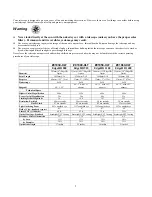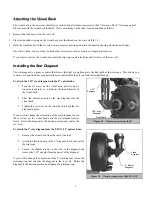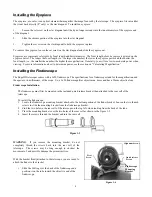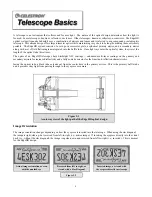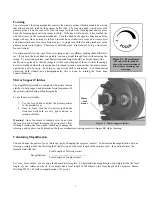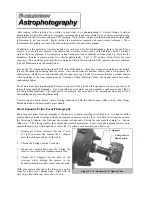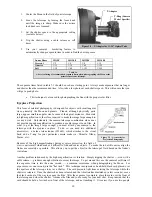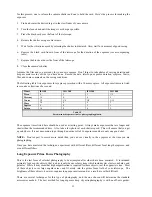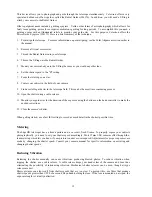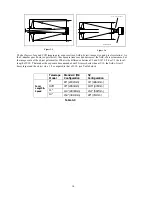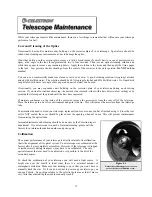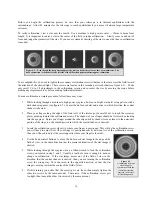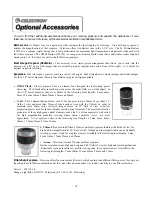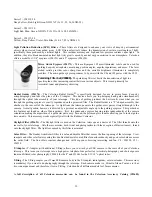
12
This device allows you to photograph and guide through the telescope simultaneously. Celestron offers a very
special and advanced off-axis guider, called the Radial Guider (#94176). In addition, you will need a T-Ring to
attach your camera to the Radial Guider.
Other equipment needs include a guiding eyepiece. Unlike other forms of astrophotography which allows for
fairly loose guiding, prime focus requires meticulous guiding for long periods. To accomplish this you need a
guiding ocular with an illuminated reticle to monitor your guide star. For this purpose, Celestron offers the
Micro Guide Eyepiece (#94171) Here is a brief summary of the technique.
1.
Polar align the telescope.
For more information on polar aligning, see the Polar Alignment section earlier in
the manual.
2.
Remove all visual accessories.
3.
Thread the Radial Guider onto your telescope.
4.
Thread the T-Ring onto the Radial Guider.
5.
Mount your camera body onto the T-Ring the same as you would any other lens.
6.
Set the shutter speed to the "B" setting.
7.
Focus the telescope on a star.
8.
Center your subject in the field of your camera.
9.
Find a suitable guide star in the telescope field. This can be the most time consuming process.
10. Open the shutter using a cable release.
11. Monitor your guide star for the duration of the exposure using the buttons on the hand controller to make the
needed corrections.
12.
Close the camera's shutter.
When getting started, use a fast ISO setting to record as much detail in the shortest possible time.
Metering
The EdgeHD telescopes have a fixed aperture and, as a result, fixed f/ratios. To properly expose your subjects
photographically, you need to set your shutter speed accordingly. Most 35mm SLR cameras offer through-the-
lens metering which lets you know if your picture is under or overexposed. Adjustments for proper exposures are
made by changing the shutter speed. Consult your camera manual for specific information on metering and
changing shutter speeds.
Reducing Vibration
Releasing the shutter manually can cause vibrations, producing blurred photos. To reduce vibration when
tripping the shutter, use a cable release. A cable release keeps your hands clear of the camera and lens, thus
eliminating the possibility of introducing vibration. Mechanical shutter releases can be used, though air-type
releases are best.
Blurry pictures can also result from shutter speeds that are too slow. To prevent this, use films that produce
shutter speeds greater than 1/250 of a second when hand-holding the lens. If the lens is mounted on a tripod, the
exposure length is virtually unlimited.


